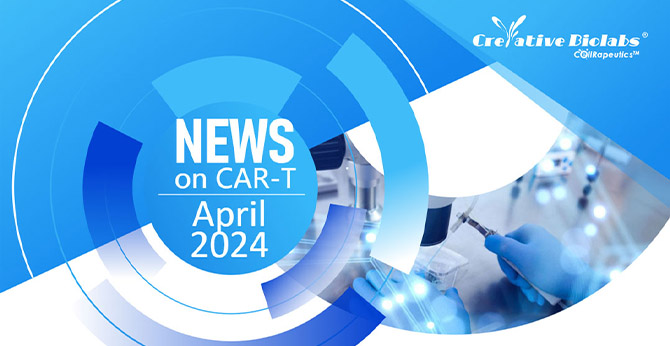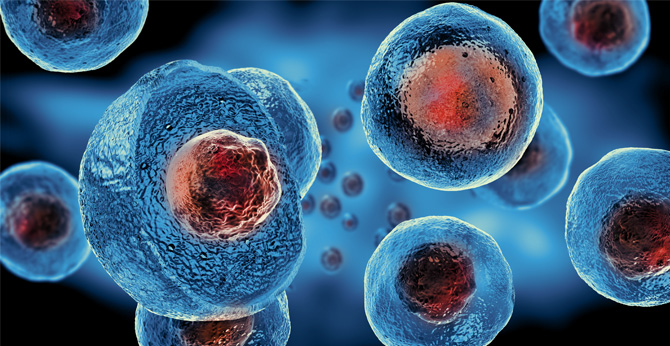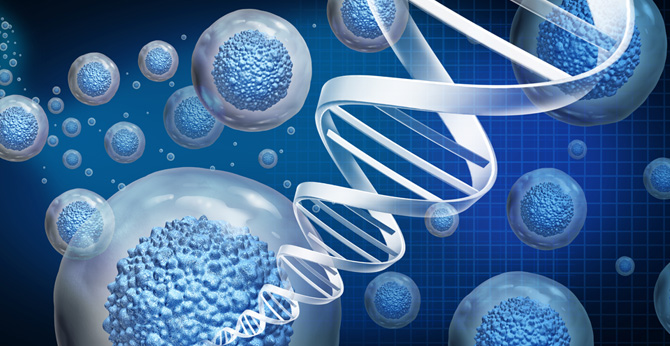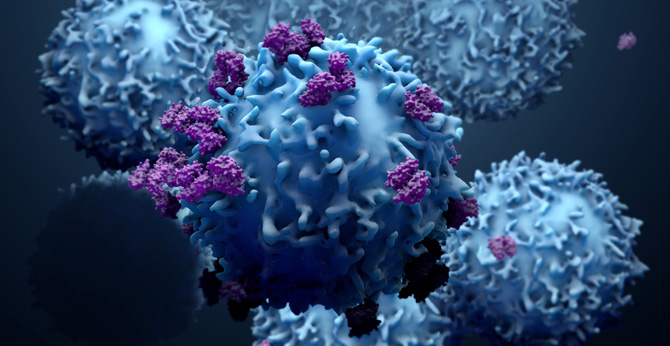All products and services are For Research Use Only and CANNOT be used in the treatment or diagnosis of disease.
The convertibleCAR system is based on the mechanism: engineering of a privileged receptor-ligand (iNKG2D.YA and MIC ligand) pairing comprising human components for a highly adaptable CAR, resulting in a versatile and broadly controllable platform. An inert form of the human NKG2D extracellular domain (iNKG2D) was engineered as the ectodomain of the CAR linked to 4-1BB and CD3ζ signaling domains. The MicAb CAR adaptor was engineered with a CD19 antibody (clone FMC63) and a MIC ligand, which is capable of directing and activating iNKG2D-CAR-expressing T cells only when the appropriate antigen is displayed on a surface. And the product was designed for the treatment of Lymphoma.

There are currently no customer reviews or questions for A iNKG2D.YA-CAR [iNKG2D.YA-41BB-CD3ζ-eGFP], with a CAR Adaptor [Anti-CD19 MicAb (FMC63)], a convertibleCAR System (CAR-NR-LX242). Click the button below to contact us or submit your feedback about this product.
For research use only. Not intended for any clinical use. No products from Creative Biolabs may be resold, modified for resale or used to manufacture commercial products without prior written approval from Creative Biolabs.
For any technical issues or product/service related questions, please leave your information below. Our team will contact you soon.
 NEWSLETTER
NEWSLETTER
The latest newsletter to introduce the latest breaking information, our site updates, field and other scientific news, important events, and insights from industry leaders
LEARN MORE NEWSLETTER NEW SOLUTION
NEW SOLUTION
CellRapeutics™ In Vivo Cell Engineering: One-stop in vivo T/B/NK cell and macrophage engineering services covering vectors construction to function verification.
LEARN MORE SOLUTION NOVEL TECHNOLOGY
NOVEL TECHNOLOGY
Silence™ CAR-T Cell: A novel platform to enhance CAR-T cell immunotherapy by combining RNAi technology to suppress genes that may impede CAR functionality.
LEARN MORE NOVEL TECHNOLOGY NEW SOLUTION
NEW SOLUTION
Canine CAR-T Therapy Development: From early target discovery, CAR design and construction, cell culture, and transfection, to in vitro and in vivo function validation.
LEARN MORE SOLUTION

